On this day (November 3) in 1926, Ray Edenton was born in Mineral, Virginia. In his early 20s, he moved to Nashville and began working as a studio musician. His talent as a rhythm guitarist led him to join the ranks of the Nashville A-Team. Over the years, he appeared on tens of thousands of recordings. The artists he accompanied include Sammy Davis Jr., Marty Robbins, Reba McEntire, Roger Miller, Johnny Cash, Elvis Presley, and many more.
Videos by American Songwriter
Edenton grew up in a musical family. As a teenager, he began performing on radio stations in Virginia and Maryland. However, World War II put his career on hold. After returning to the United States in 1946, he began playing bass in the Korn Krackers at the WRVA Old Dominion Barn Dance in Richmond, Virginia, according to the Country Music Hall of Fame. Three years later, he moved to Knoxville, Tennessee, to perform on WNOX. Then, his career was paused once again. This time, tuberculosis sidelined him for two years.
In 1952, Edenton moved to Nashville and began playing guitar on the Grand Ole Opry. The next year, he had his first recording sessions. His first was Red Kirk’s cover of “Lovesick Blues.”
What Set Ray Edenton Apart
In the early 1950s, very few country artists used drums in their recordings. For instance, Hank Williams only used drums in two of his songs. Western swing legend Bob Wills was the first to use a drum kit on the Grand Ole Opry stage in 1944. However, that was seen as a violation of the rules at the time. While drums appeared on the Opry sporadically over the next few decades, the Opry officially lifted its ban on drums in 1974.
Ray Edenton’s inventive rhythm guitar mimicked a snare drum. As a result, he added an element to recordings that other session musicians didn’t. He was also a versatile player. While he is best known for his acoustic rhythm playing, he also performed the electric lead guitar on Marty Robbins’ “Singing the Blues” in 1956.
“Nashville’s musical legacy is elevated by Ray Edenton’s rock-solid, highly inventive rhythm guitar,” Kyle Young, CEO of the Country Music Hall of Fame and Museum, wrote. “He developed new guitar tunings to create sounds that had not been heard before, and he played guitar parts that enhanced famed recordings,” he added. “He was a significant factor in more than 10,000 recording sessions.”
Featured Image by Beth Gwinn/Getty Images



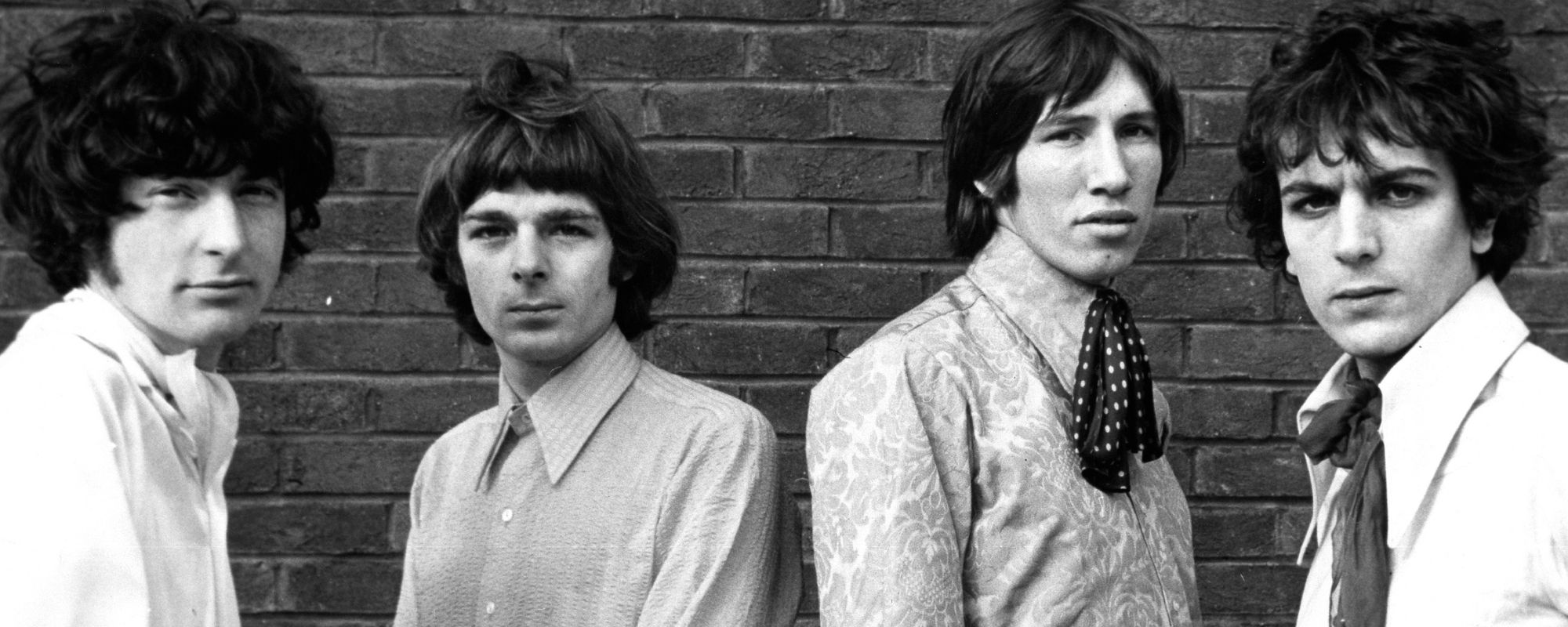

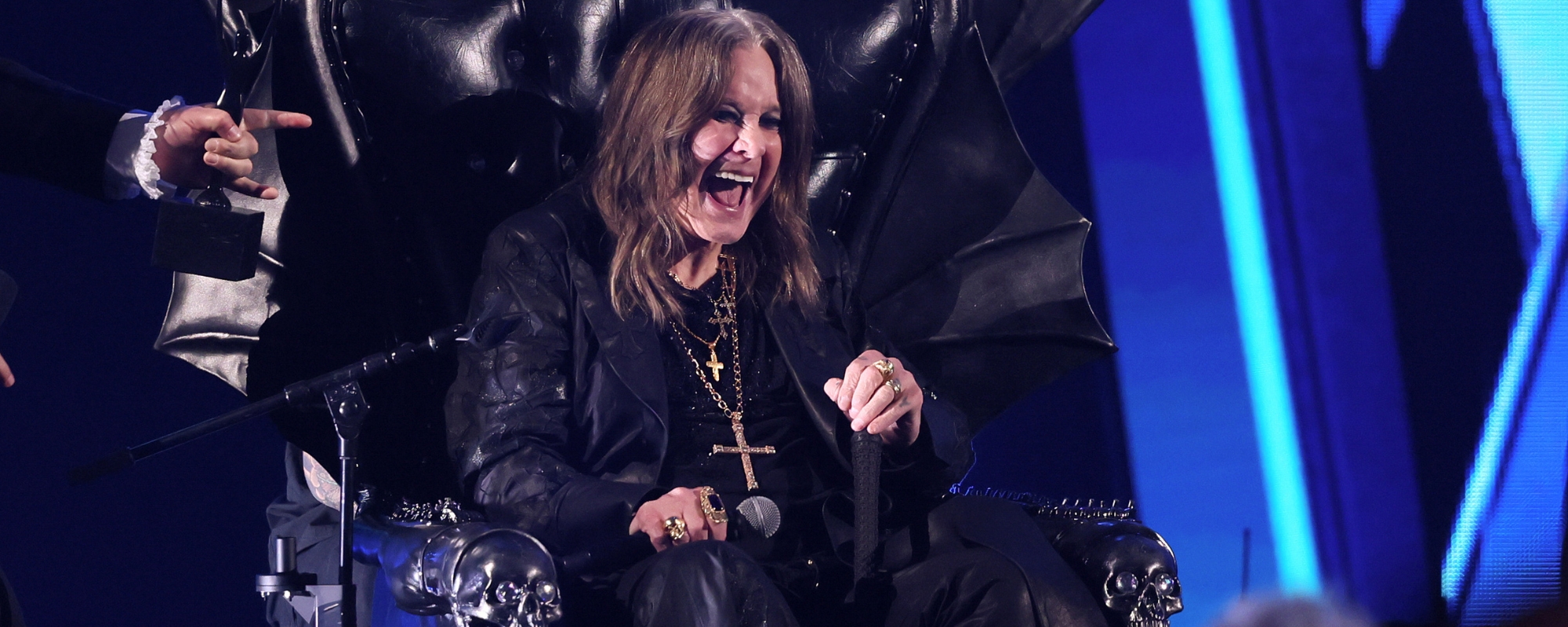
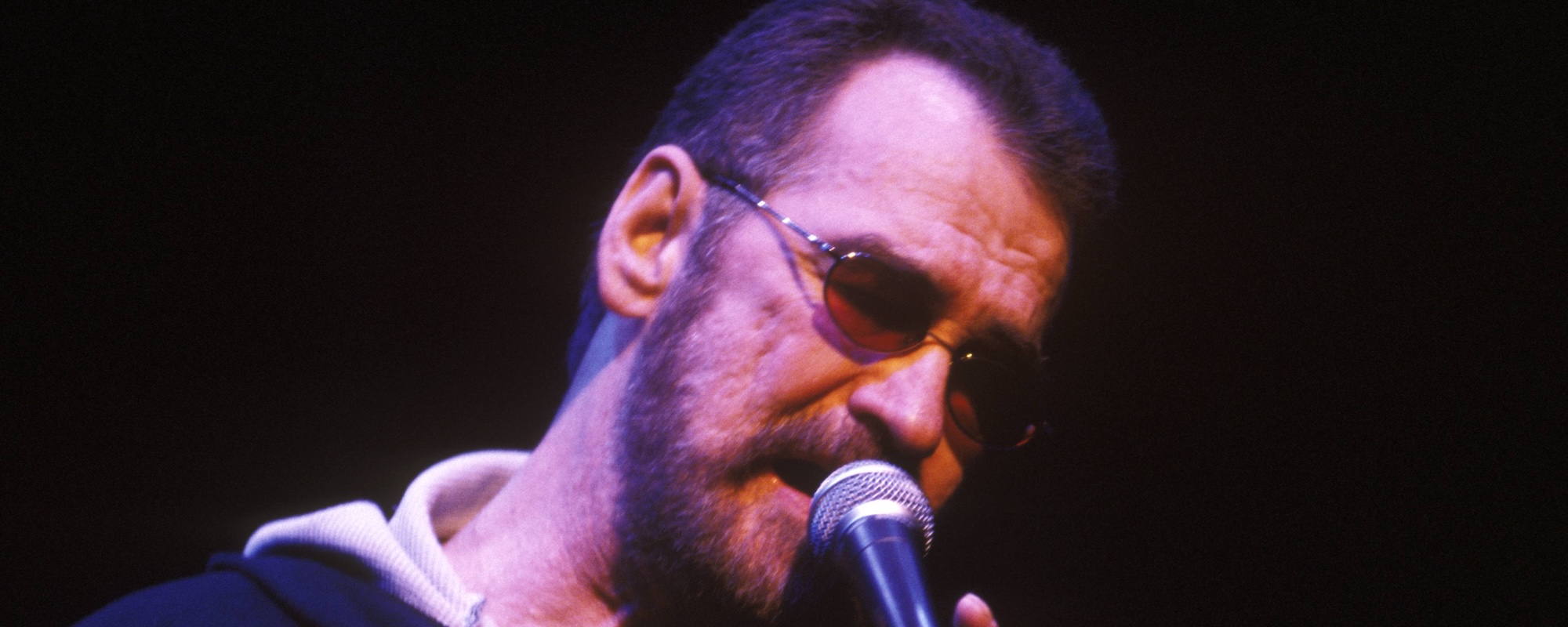
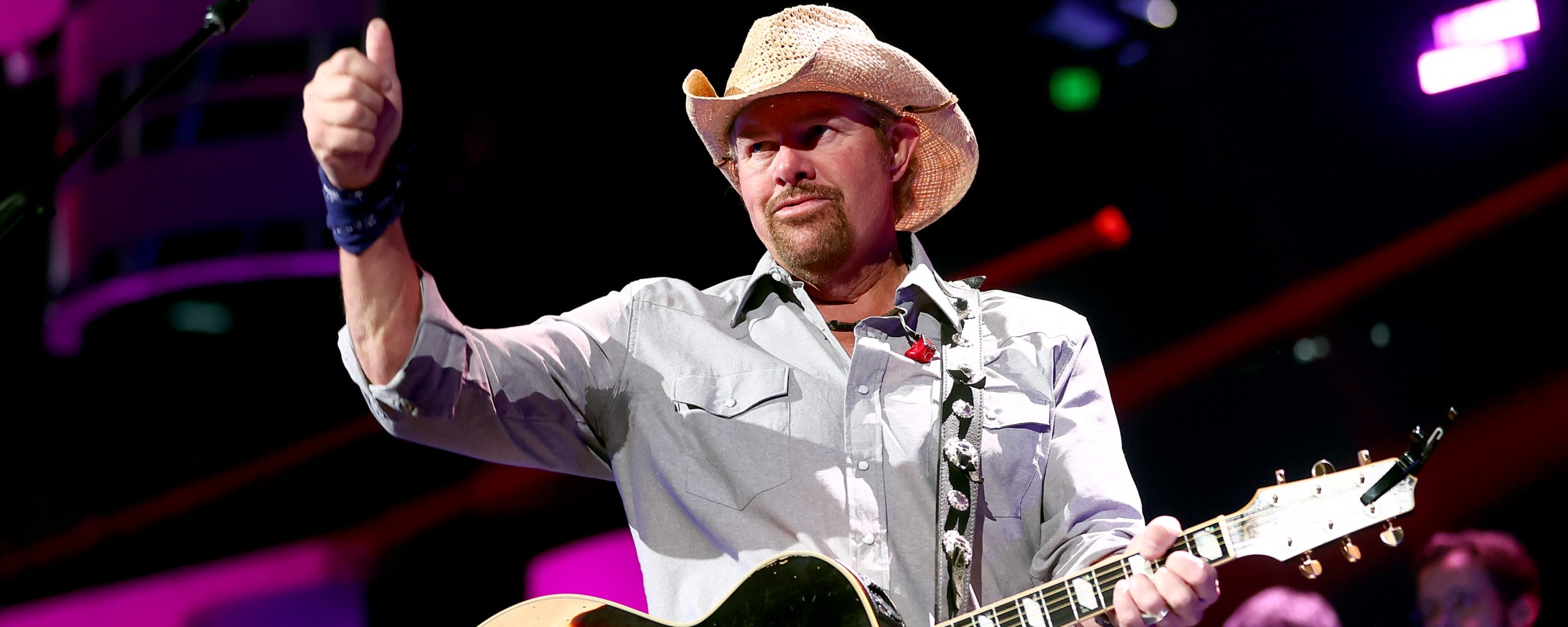
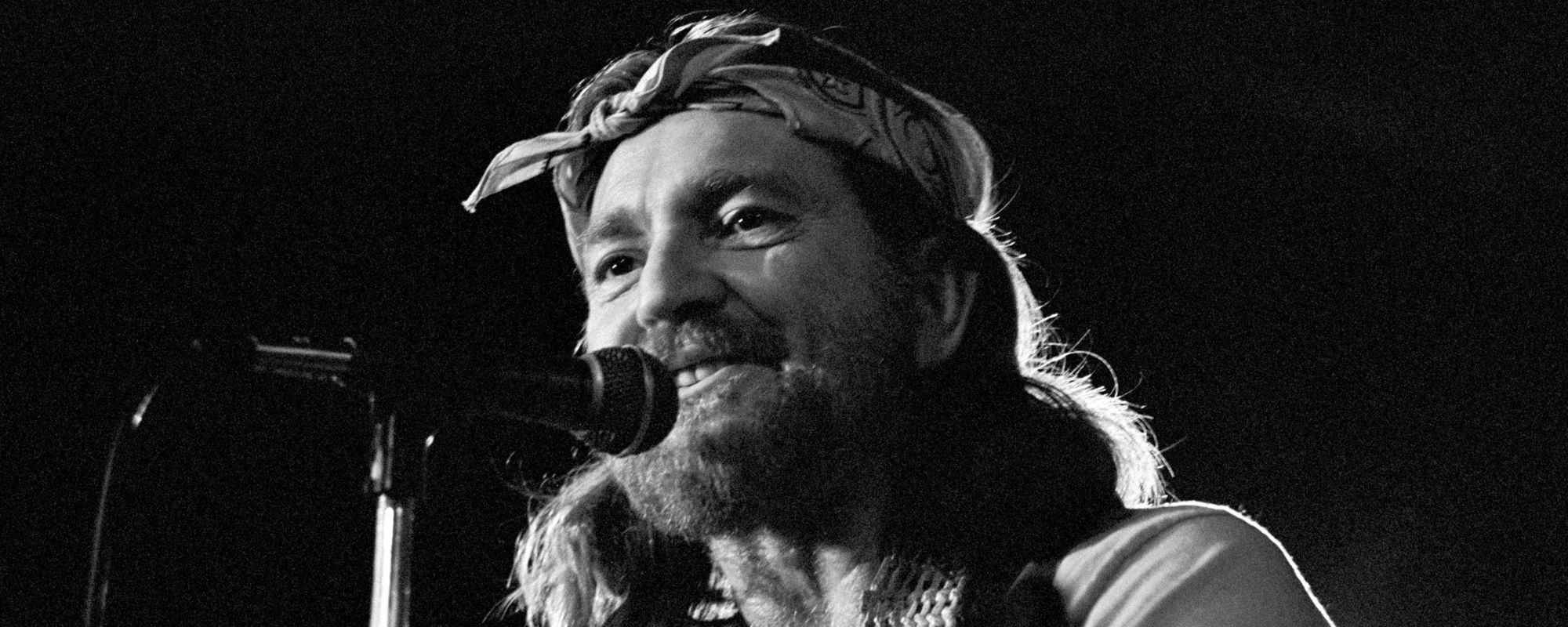


Leave a Reply
Only members can comment. Become a member. Already a member? Log in.